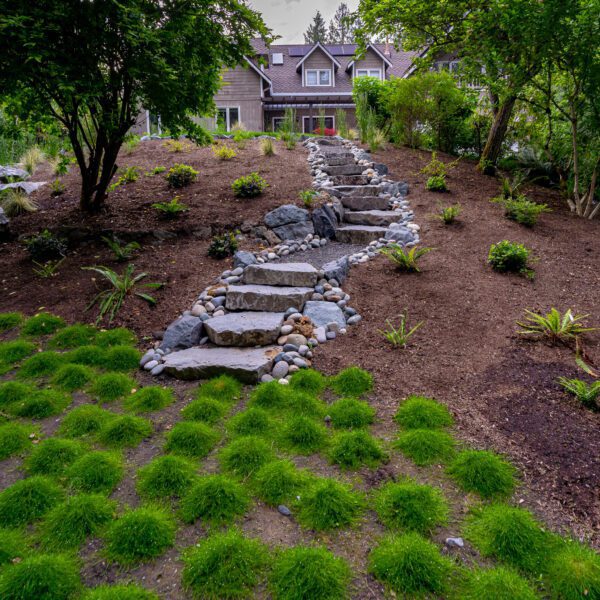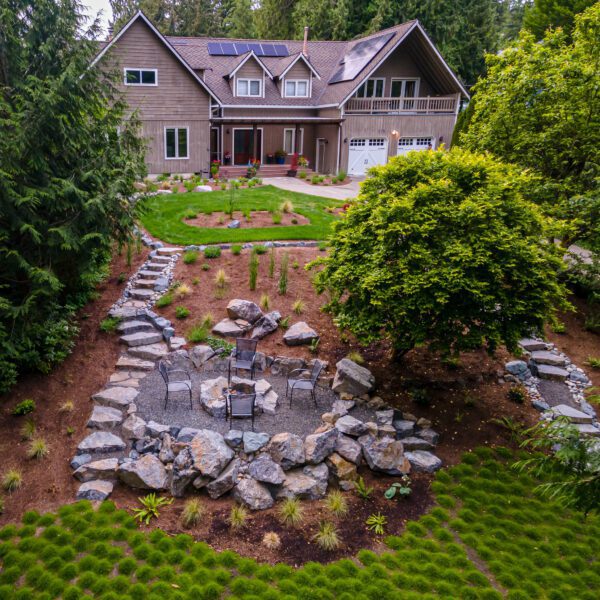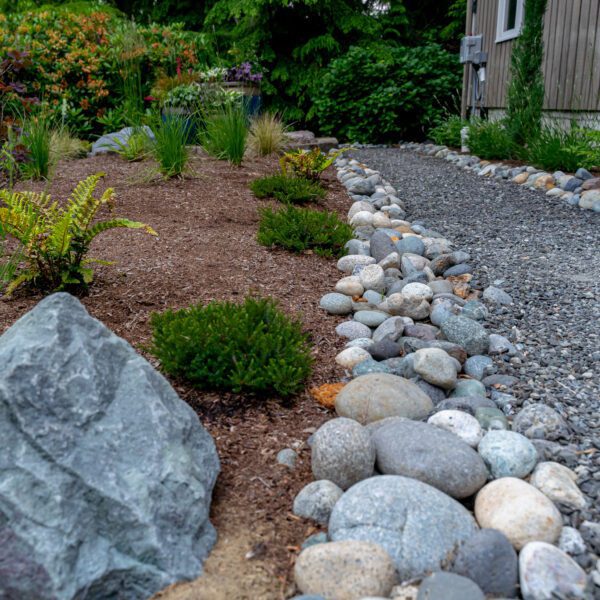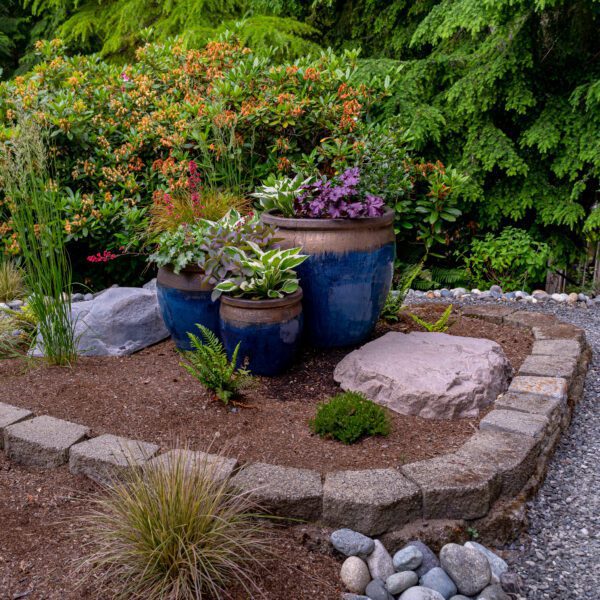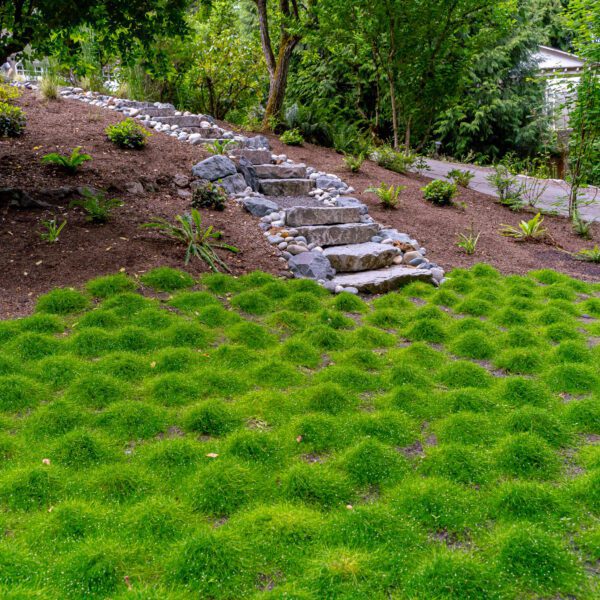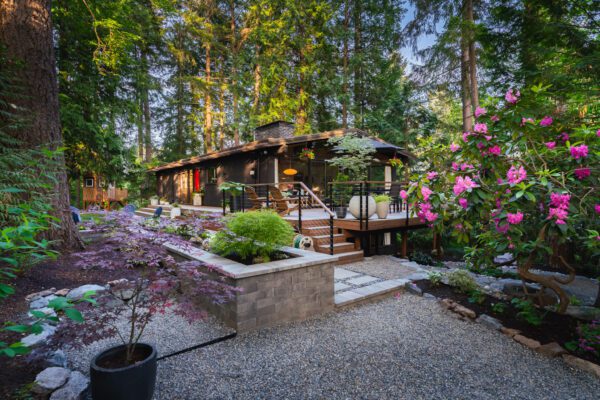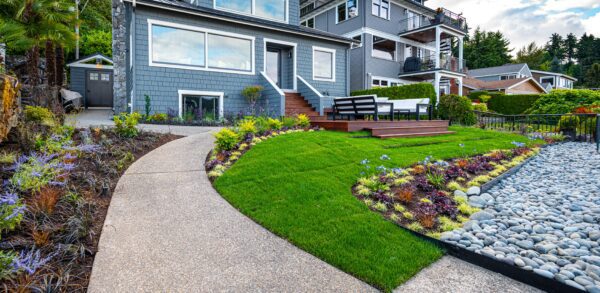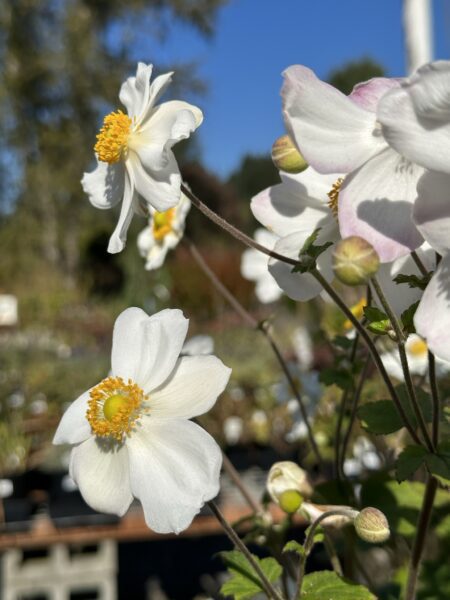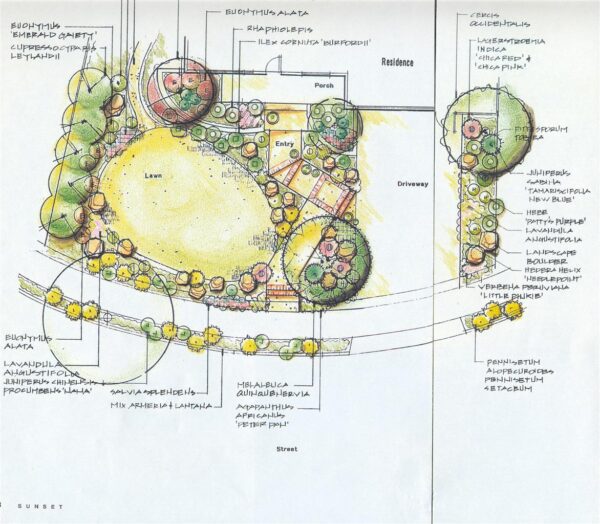Start Building Your Outdoor Space Stress Free
Elevate Your Garden with Septic System Restoration and Landscape Design
Transforming your garden after a septic system installation can be a rewarding endeavor. Our recent project in Sammamish, WA, showcases the possibilities when innovation meets nature. We embarked on a mission not only to rehabilitate an area affected by septic system installation but also to create a haven for memories and relaxation, blending functionality with beauty.
Crafting Memories Amidst Nature
Our primary goal was to rejuvenate the front yard, affected by the recent septic system work. We aimed to create inviting spaces that encourage family bonding and personal reflection. Sammamish residents know the value of outdoor living; hence, we dedicated ourselves to designing areas where kids can frolic safely and adults can find their peace.
The Creativity of Constraints
The major hurdles—navigating around a septic drain field and tackling an existing slope—turned into opportunities for innovation. Our landscape designer in Sammamish, WA, formulated a layout that embraced these challenges, crafting spaces that resonate with our clients’ dreams.
Space for Fun and Frolic
We designed a lush lawn space using perennial ryegrass, ideal for the Pacific Northwest climate. This choice ensures resilience against heavy traffic and maintains aesthetic appeal, offering a perfect playground for children.
Paths of Reflection
Two serene walking paths were introduced, designed with contemplation in mind. Using gravel and stepping stones, we created pathways that blend naturally with the landscape, inviting residents on a peaceful stroll through their sanctuary.
Returning to Roots with Native Plant Restoration
We committed ourselves to native forest restoration, selecting species that thrive locally, rejuvenating the ecosystem while ensuring low maintenance. This approach allowed us to restore the area’s natural heritage, locking in the essence of Sammamish’s rich biodiversity.
A Pollinator’s Paradise
Recognizing the importance of pollinators, we established meadows that beckon butterflies and bees. These areas are strategically placed to receive optimal sunlight, hosting a blend of native grasses and flowers that contribute to ecological health.
The Unique Moss Lawn
In our quest for ingenuity, we introduced a moss lawn in the most shaded and damp area, challenging the conventional lawn concept. Moss provides a sustainable, low-maintenance alternative, proving that lush greens can thrive in varied conditions.
Beyond the Ordinary
This project is a testament to the power of thoughtful landscape design. Our role as a Sammamish landscape contractor goes beyond beautification. We aim to enhance well-being, promote ecological balance, and create spaces that families cherish.
Our dedication to integrating septic system restoration, landscape design, and native plant restoration illustrates our commitment to excellence and sustainability. This endeavor not only addressed the aesthetic and functional needs but also enriched the local ecosystem, making it a triumph for community and nature alike.
Explore the realm of possibilities with us. Whether you’re looking to transform your space post-septic system installation or seeking to enrich your garden with native beauty, our team is here to bring your vision to life. Join us in creating landscapes that inspire, right here in Sammamish, WA.
